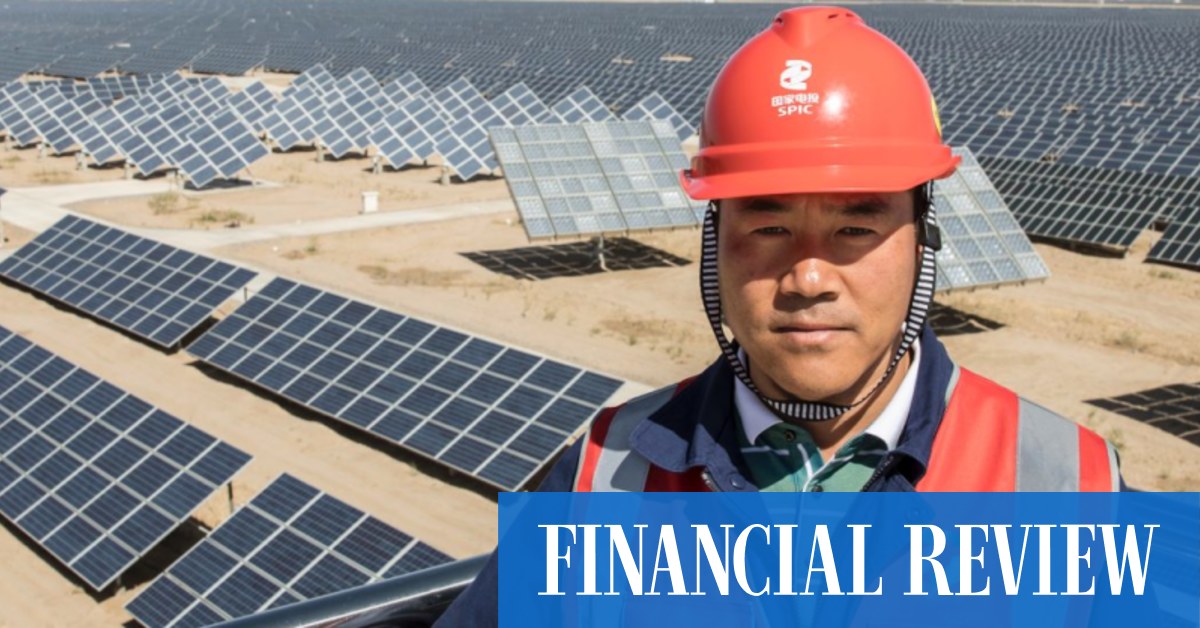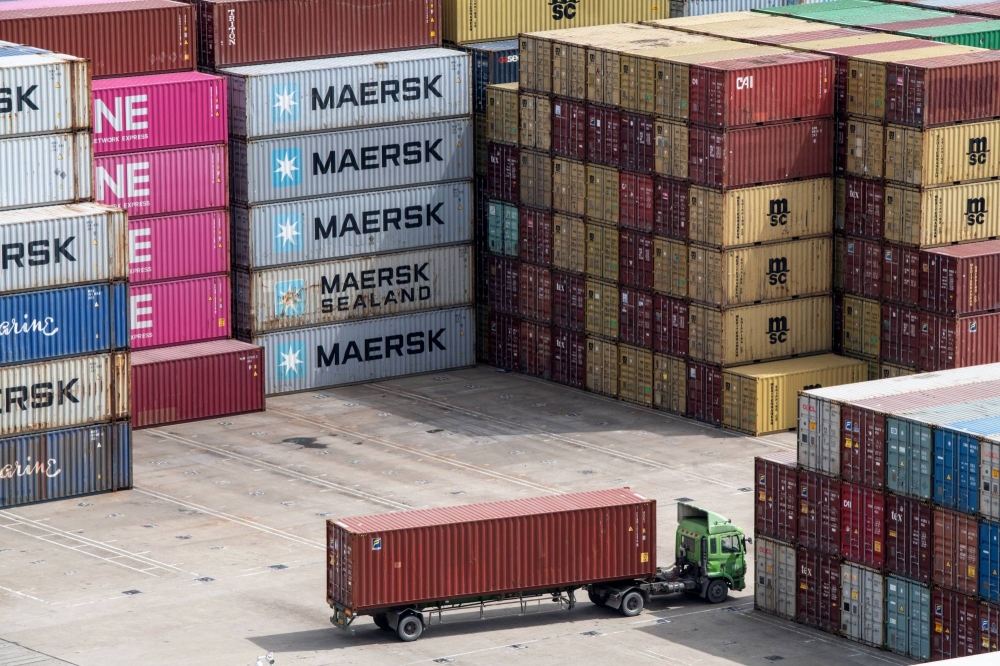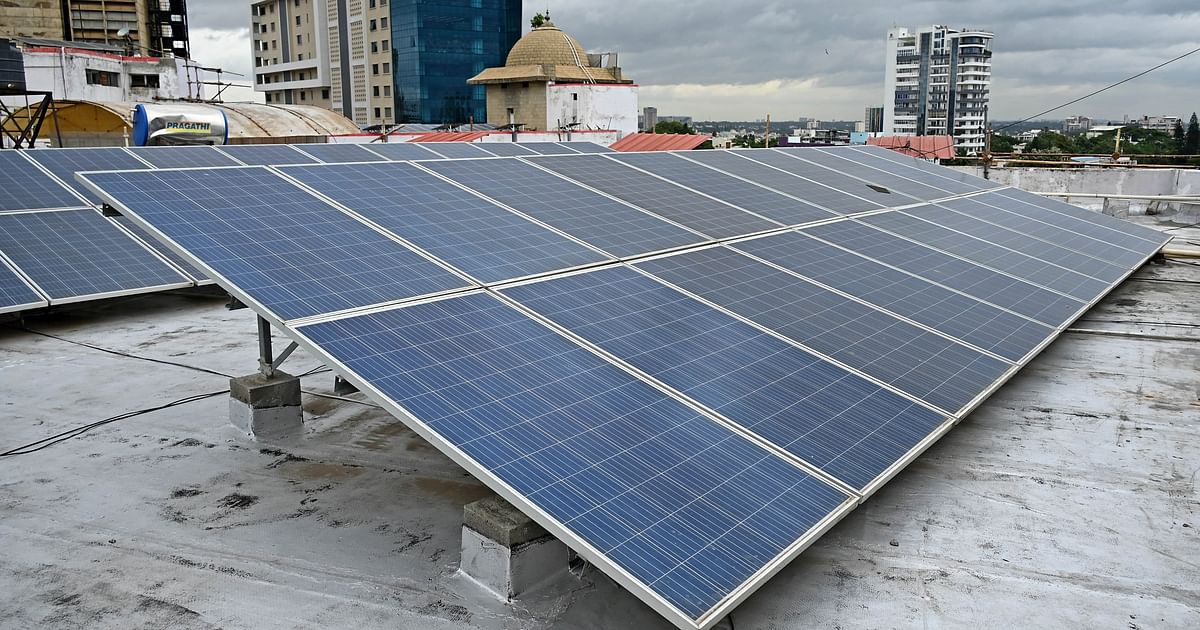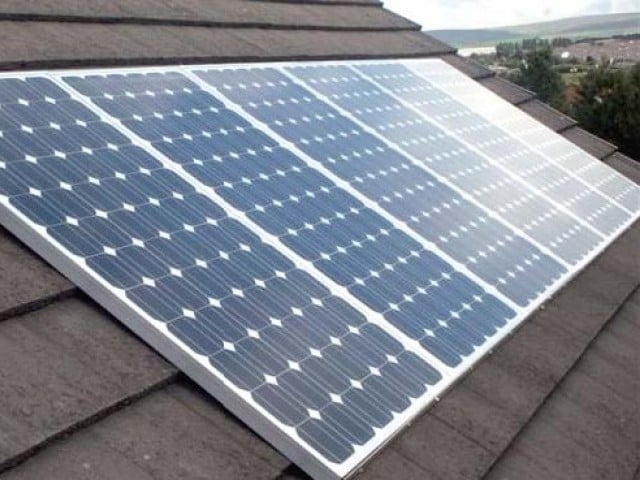China and the U.S. have jointly announced their support for a global target to triple the world’s renewable energy capacity by 2030, just ahead of the COP28 climate conference. While the agreement emphasizes the need to “accelerate the substitution for coal, oil, and gas generation,” it does not explicitly mention phasing out fossil fuels, a goal China has deemed “unrealistic.”
Renewable Power Landscape in China
China has been the leading producer of renewable power globally for over a decade, with a significant increase in solar and wind power capacity in recent years. Fossil fuels now constitute less than half of China’s total installed power generation capacity.
China’s Ambitious Goals and Rapid Growth
In 2020, China committed to achieving 1,200 GW of renewables capacity by 2030, and the country is on track to meet this goal five years ahead of schedule. China’s renewable sector growth has been accelerated by macroeconomic factors, including a shift in investment towards renewables manufacturing amid a clampdown on excessive real estate lending.
Renewable Energy Share and Technological Dominance
Despite its global leadership in renewables, approximately 70% of China’s electricity is still generated from fossil fuels, mainly coal. However, China is a dominant force in renewable energy technology manufacturing, holding over 80% of the world’s solar manufacturing capacity through 2026. China’s extensive production capabilities are driving down solar component prices, making it a crucial player in the global renewable supply chain.
Challenges in Renewable Energy Integration and Usage
While China has made significant strides in renewables, challenges persist, including technical difficulties in transmitting power over long distances to eastern population centers. The country’s actual use of renewable energy lags behind its vast solar and wind potential.
Global Impact of China’s Renewable Manufacturing
China’s role as the leading supplier of renewable energy technologies, particularly solar components, raises concerns about a potential price war and industry consolidation in the coming years. The country’s massive production capacity is contributing to record-low prices for solar components, affecting global markets.
Future Outlook and Emission Reduction Predictions
Analysts suggest that China’s greenhouse gas emissions could start declining structurally as early as next year, driven by a combination of renewable installations, increased hydropower generation, and a moderate economic recovery. Power sector reforms and emissions trading system tightening could further boost renewable utilization rates.
Conclusion: China’s commitment to tripling global renewable energy capacity aligns with its position as a renewable energy leader. The country’s dual role as a major consumer and manufacturer of renewables underscores its significant influence on the global transition to sustainable energy.
Source: afr.com





